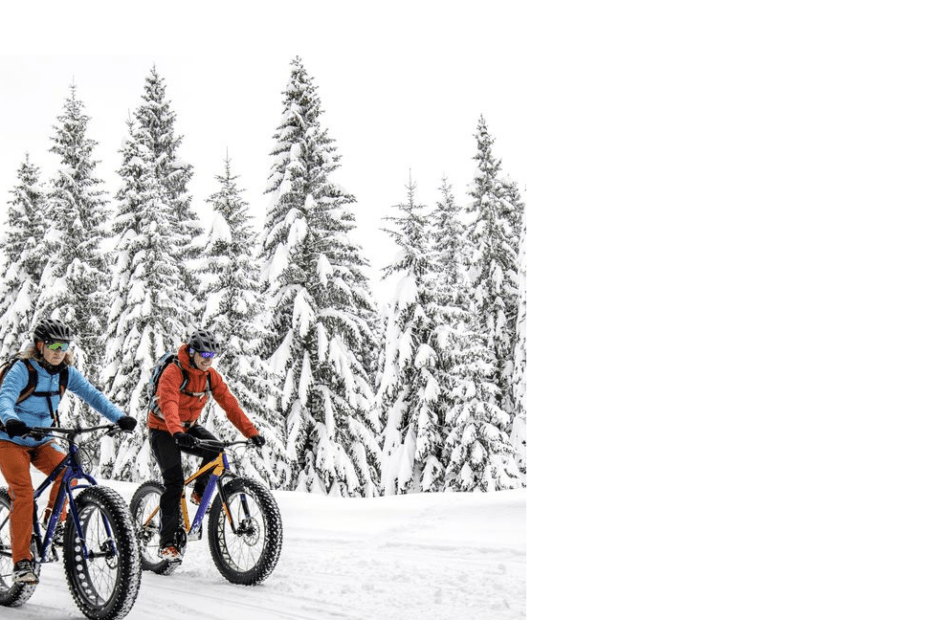Here are some cold weather cycling tips to help you make your rides comfortable and safe, distilled from a chat with Al Rowland, a DBC member with 35 years of experience in the bike / cycling clothing industry
Consider the conditions for your ride:
- Check the temperature on your phone for the duration of your ride, start to finish; and be sure to select the location you are riding. Napa, Marin, or Auburn for instance might be 20 degrees cooler than Davis.
- Experiment with what works best for your riding style and personal preference for a variety of temperature ranges. Write those clothing ensembles down on 3 x 5 cards and arrange these cards by temperature range. For example even on a long summer ride that starts at 6pm, you might want a packable vest for the last part of the ride from 8 pm to 8:30pm
Manage your heat loss
- Head: Approximately 75% of your body heat can be lost from your head. Your bike helmet may have large ventilation holes that channel air through your helmet to keep you cool in the summer. In the winter, consider wearing a thermal cap, headband, or even a newspaper lining to block the air flow through your helmet. Experiment with what works for different temperatures – a thermal cap might be great early in the morning during your warm up, but a headband or even nothing might work when it warms up a little and you are powering up Cardiac.
- Hands: Most people will appreciate full finger gloves below 55 degrees. There are a variety of cycling gloves with different levels of insulation – some with 5 fingers, some mittens or ‘lobster’ mittens. If you are riding in freezing conditions, consider digging out your ski gloves. You might want to bring a lighter set to wear if the weather is going to warm up.
- Feet: There are toe covers to keep wind from entering the vent holes in your shoes’ toes and full booties to block off your whole foot. Booties are a little more difficult to slip your shoes on an off, but you will get the hang of it if it keeps you comfortable. Merino wool socks are great for cool weather.
- Arms, legs, neck: Thermal arm and leg warmers use a thicker and tighter weave fabric than summer ‘sun skins’. You might want to get them in a highly visible color, though black always warms you up more quickly. Neck gaiters are a popular accessory these days, often available printed with a variety of graphics of your favorite clothing, bike, nutrition drink, or outdoors company. They are usually a 16 inch long tube of stretchy and soft fabric that you can wear over your head as a cap, around your neck to keep the draft out, or pull up over your face like a balaclava on a really cold day
- Torso: Add in a thermal base layer which can help keep a warm layer of air around your skin so you lose less body heat. Consider a vest or jacket that will block the wind. There are also cold temperature specific winter bibs that also use a heavier, tighter weave fabrics, though you won’t want to wear these in hot weather.
Manage your comfort as you ride
The goal is to start the ride with items that may be taken off and stored when you get too warm – rather than a very heavy bulky item you remain committed to for the whole ride – or the reverse if you are starting in the afternoon and finishing later as the air chills. Consider bringing an extra bag (handlebar bag, larger seat bag, top bar bag, etc.) to stuff your extra clothing as it warms up, or to store them for when the sun begins to wane on a cool day. And if you find yourself cold and with nothing else to wear, you can usually find a free newspaper / advertisement to stuff a layer into your jersey or helmet and give you an extra layer of insulation and wind stop.
